Interview with Marco Tardito
Marco Tardito’s photography, which is both personal and commercial is both subtle and poetic. It is a kind of poetry that expresses the soul like a whisper that conveys subtle emotions with touching melancholy.
Poetry that is an intimate story that pervades fashion and travel photography. Granular and pictorial fashion photography, that is delicate and contrasts with the harsh and aggressive image of women portrayed as a fascinating unreachable femme fatal. Delicate human photography, where beauty is everything. Travel photography that does not limit itself simply to reproducing landscapes and exotic beauty spots, but also shows the importance of travel as if it were something material.
Then there is Marco Tardito’s personal research: finding beauty in dried flowers and leaves, in order to tell a story through magical vision that is created by the use of alternative lenses and printing methods on different types of artistic papers. The beauty that we have inside comes from the world that is around us.
Fabiano Busdraghi: What does photography mean to you?
Marco Tardito: A story, a poetic vision, a non-verbal means of communication that uncovers the soul of the person who creates it.
Fabiano Busdraghi: How did you begin as a photographer? What is your background?
Marco Tardito: I started taking photos from a very early age, I recall receiving a birthday present it was a Polaroid camera with black and white film, (I can’t remember the make and model). Then later at the age of 13 years, in a technical course of handicrafts, I learnt to print photos from negatives.
At that time I did not have any of my own negatives so I printed off photograms from an 8 millimetre film that I found at home. The result was an image in negative and the procedure fascinated me. I started colour photography using a Canon, I always amused myself experimenting with photography and I still continue to do so nowadays.
Fabiano Busdraghi: Why did you choose to focus on still art for your personal work and more specifically why dead flowers and dried-out plants? What attracts you to this particular topic?
Marco Tardito: I started to think about what is and is not supposed to be beautiful. In reality nothing is ugly to me.
I observed flowers as they wilted and withered and I realized the whole process was marvellous even when fresh beauty “vanishes”.
I wanted to widen the concept of things being beautiful forever. The challenge for me was to show and highlight the beautiful aspect that persists in all things throughout life.
I began with objects that I had at hand –flowers, leaves…and I mean to continue to do so.
Fabiano Busdraghi: Besides the topic and the subject of your photography you are particularly attentive to all printing aspects. First of all you use artistic paper with a particular texture and a rough surface that is usually used for water colours. You cover this paper with a layer of transparent varnish. Could you explain how you print and how you came to use this particular process?
Marco Tardito: It all started because I needed some kind of support.
I was inspired by a story by W. Gibson, that talks about a box made by a mysterious artist using various elements. It evokes feelings of poetry and nostalgia in the reader.
I needed a sheet of paper with solid edges, not frayed ones. Thick drawing paper that is far from suitable for modern printers or inkjet printers.
Moreover, I wanted to be able to check and intervene directly and so it was impossible to entrust the work to a printing lab as I needed to get certain results throughout the process.
Once an image is printed on drawing paper the ink tends to be absorbed so I had to use a resin to keep the colour on the surface. This is explained more thoroughly in the article “Varnishes for ink jet printing on artistic paper.”.
I made several attempts, using various sorts of paper and varnishes, before I was satisfied with the result. This printing method allows me to intervene whenever necessary to highlight specific aspects while leaving other features in the background. In this way I am able to obtain a unique effect each time I print.



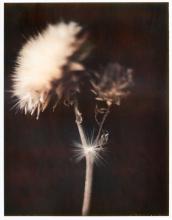
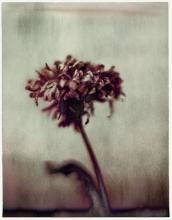
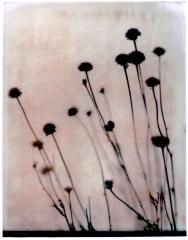
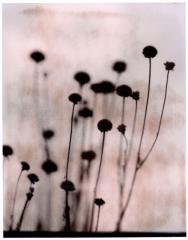
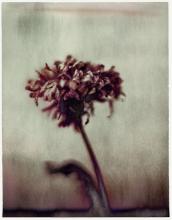
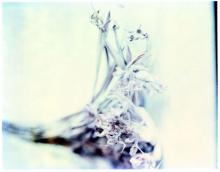

Camera Obscura » Vernici per stampe a getto di inchiostro su carta artistica
said, October 15, 2008 @ 8:44 AM :
[...] La prima persona che mi ha parlato delle resine sulle stampe inkjet su carta da disegno è stato Marco Tardito (a cui ho anche fatto un’intervista). [...]
Fabio Sirna
said, October 15, 2008 @ 9:30 AM :
Questa foto di Marko è uno dei più bei ritratti che io abbia mai visto. Complimenti davvero. Grazie per questi 10 minuti di lettura di fronte ad un (mediocre) caffè
marko
said, October 20, 2008 @ 5:36 PM :
Grazie Fabio, si tratta dell’attrice Sandrine Holt ritratta un po di anni fa.